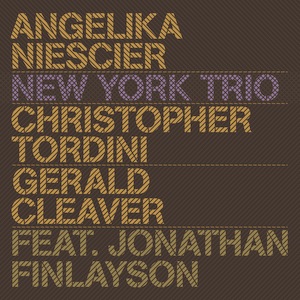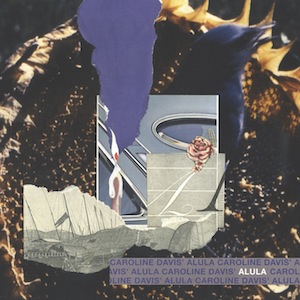Label: Blue Room Music, 2019
Personnel – Alex Sipiagin: trumpet; Chris Potter: tenor saxophone; Will Vinson: alto saxophone; Alina Engibaryan: vocals; John Escreet: piano, keyboards; Matt Brewer: bass; Eric Harland: drums.
NoFo Skies, the new recording by trumpeter/composer Alex Sipiagin, features his regular crew. If saxophonists Chris Potter and Will Vinson contribute to the supple three-horn voicing with ardent determination, pianist/keyboardist John Escreet, bassist Matt Brewer, and drummer Eric Harland establish a front-rank rhythm section. Russian-born vocalist Alina Engibaryan completes the lineup, employing her warm tones to narrate stories with words and contemporary melodies. The material, nine compositions by Sipiagin and one by Engybarian, run smoothly, forming a solid whole. The album was inspired by the North Fork of Long Island, New York (Spiagin’s home), and wends its way through a variety of modern yet palpable sonic terrains.
“Rush” is delivered with magnificent colors, a standout cut where it’s impossible not to get swept in its exquisite groove and relish with the exuberance of the horns. Besides the strong melodic and harmonic content, there’s this crisp, syncopated urban beat that modulates into a different meter according to the passages. The unhesitant, quasi-indomitable improvisations from Spiagin, Vinson, and Escreet are replete of inventive ideas, while Harland wings it over a concluding vamp.
“NoFo Skies” manages its curves and angles with a crossover feel that calls up Pat Metheny and Michael Brecker. Before diving into a collective horn rampage, Potter, Sipiagin, and Escreet, who deliberately blurs the focus on keyboards, already had blown the lid off to let their languages flow unreservedly.
Engibaryan wrote lyrics for and sung on “Recovery”, where breezy jazz waves meet contemporary R&B; “Shadows”, a flattering piece honed with adjacent unisons; “For You”, a showcase for her vocal range; and “Between AM’s”, a vocal-layered piece whose music she penned herself. On the latter piece, and despite the simplicity of the beat, Sipiagin and Potter show off hot solos that pin you back in your chair. The trumpeter’s chromatic movements are quite groovy, whereas the tenorist rides half-in half-out over a funk-ish synth-driven tide.
Following sketchy guidelines, both “Sky 1” and “Sky 2” are atmospheric musings that nothing have to do with “Savoir”, a proof that Escreet, Brewer, and Harland are adepts of that breezy funk in the vein of Jamiroquai and Incognito.
For this disc, Sipiagin invested as much in compositional acumen as improvisational abundance, modernizing rhythms and patterns while still respectful of traditional frames. All musicians seem comfortably fit in their positions and the present session transpires not just a relaxed environment but also the strong bondage between them.
Grade B
Favorite Tracks:
01 - Rush ► 02 - NoFo Skies ► 09 - Between AM’s








































